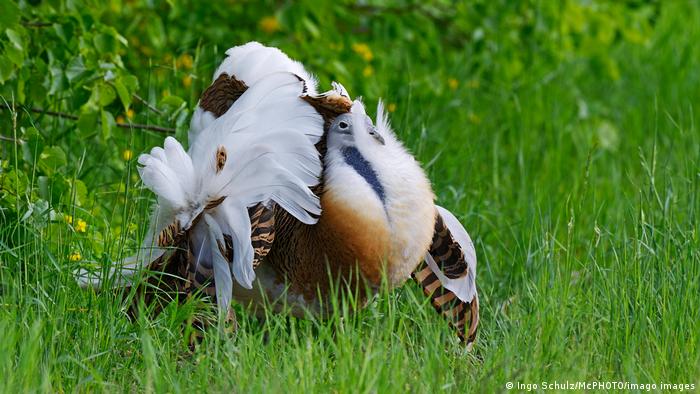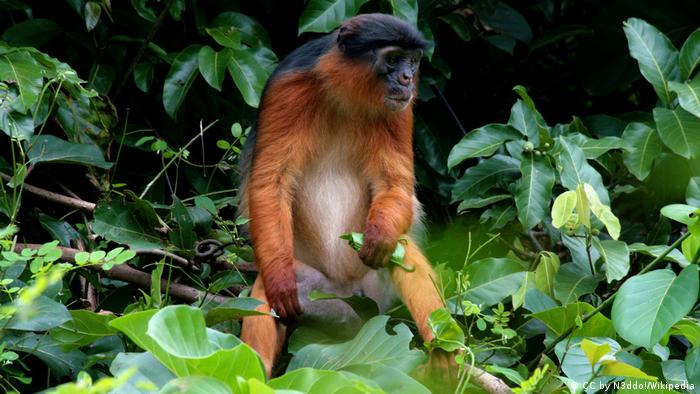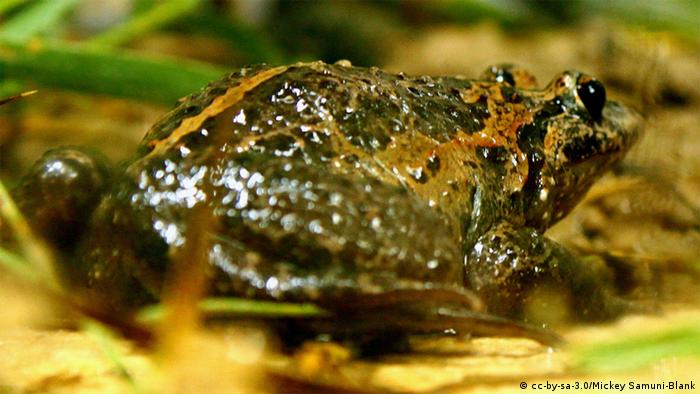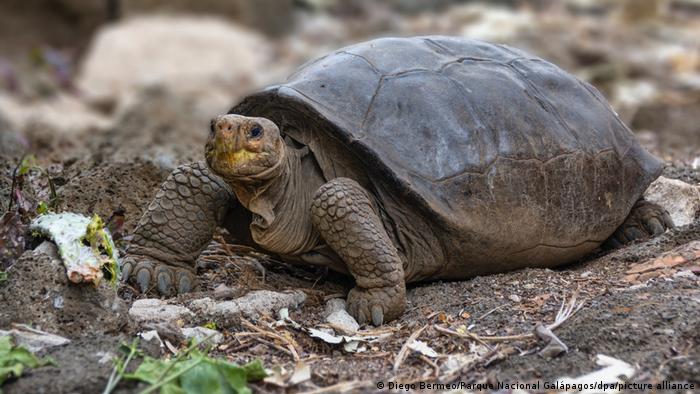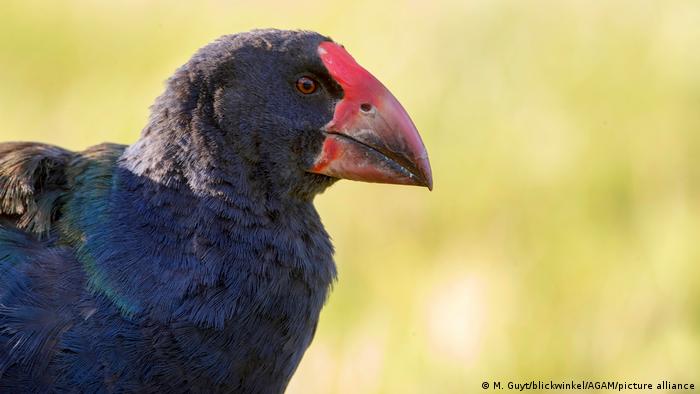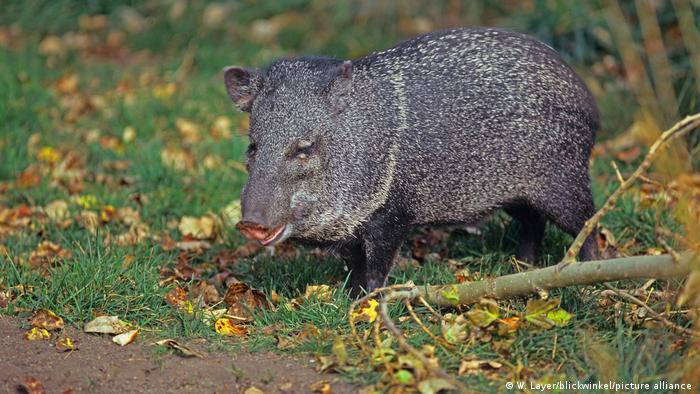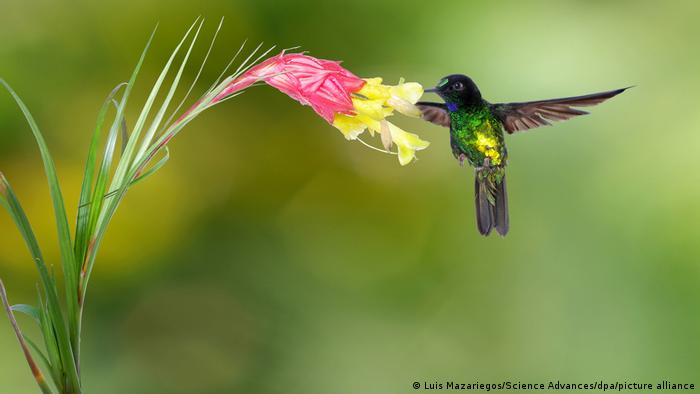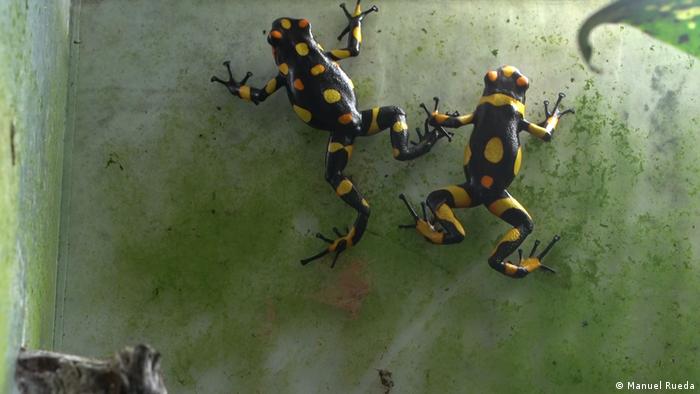The World Wildlife Fund (WWF), Germany’s branch, stated that environmental threats are increasing and pushing many animals to the brink.
The WWF Germany issued its “Winners & Losers of 2021” annual list of animals whose survival is at risk, as well as its conservation successes.
A mass extinction event is possible “within 10 years.”
There are currently 142,500 species of animal and plant on the International Union for Conservation of Nature’s Red List, 40,000 of which are “threatened by extinction.”
According to the WWF Germany, it’s the largest number ever to be added to the Red List since 1964.
The organization stated in a statement that “around one million species could become extinct within the next ten years which would be the biggest mass extinction event since end of the dinosaur era.”
Eberhard Brandes, Director of WWF Germany, said that it was urgent to adopt decisive environmental protection policies, especially in the fight against global warming.
He stated that conservation of species is more than just about defeating an environmental problem. It is also about the question whether or not humans will eventually end up on a Red List in an endangered group and become a victim to their lifestyle.
In 2021, polar bears will be joined by other species that live on thin ice.
The African forest elephant, which has seen its population decline by 86% in the past 31 years, is one of the most threatened animals.
The rapid melting of Arctic Ocean pack ice is making it difficult for animals to adapt, so polar bears were also included in this list. WWF Germany reported that experts estimate that the Arctic Ocean will be completely iceless by the summer 2035.
Germany’s tree-frogs and toads, with half of their native amphibian species listed as endangered on the Red List, are also at risk. Their habitats are being impacted by unabated construction, which has made roads a death trap.
Grey cranes and migratory species that move on land also made it onto the 2021 “losers’ list. The noble pen shell, the largest clam in Europe, also made it on the 2021 “losers’ list.
Lucky Bustards, and other 2021 animal “winners”,
The WWF noted that there were “rays of light” in the world this year of environmental conservation.
The Iberian lynx is one of the most endangered big cats in the world. It made a “successful return” in Portugal and Spain. In 2002, 94 lynxes were found. The population has increased tenfold in recent years, with the most recent count for 2020 showing that over 1,100 are now alive.
The German population of great bustards saw significant growth in 2021 with their highest level in 40 year. Researchers counted 347 birds this year, compared to just 56 birds in 1997.

Germany is seeing a return to the great bustard, with its extravagantly-feathered appearance
The WWF also recorded a success in Nepal’s efforts to save the Indian rhinoceros population. In cooperation with the government, stricter protection measures have been implemented that have allowed the rhino population to grow by 16% every year since 2015.
The population of blue whales, crocodiles, and bearded-vultures in Cambodia also increased.
rs/msh (epd, AFP)
-
Seemingly extinct creatures who are back from their graves
Bouvier’s Red Colobus Monkey
This monkey is on the Red List of International Union for Conservation of Nature (IUCN) and is considered “endangered”. The twist is that the species was thought to be extinct until 2015, when some red monkeys were found in the Congo. This is known as the Romeo error, when a species is declared extinct even though it is still living. It is named after Shakespeare’s tragically misguided lover in “Romeo and Juliet”.
-
Seemingly extinct creatures who are back from their graves
Hula-painted frog
So-called Lazarus animals are animals that recover from (falsely presumed) extinction. These species are named after Jesus Christ, who was raised from the dead by Jesus. The Hula-painted frog is one of them. It’s an endemic species in Israel’s Lake Hula marshes. They were thought to have died out after they were drained. Although it has not been extinct, the IUCN Red List lists it as critically endangered.
-
Extinct animals that appear to have died are now back from the grave
Fernandina giant tortoise
According to the IUCN, this species of Galapagos tortoise has also been declared critically endangered. It was thought to be extinct until a single female was found on Fernandina island in 2019. She is thought to be over 100 years of age. Researchers discovered the species in 1906, when they found one male animal. It promptly died, which led to the belief that it was extinct.
-
Seemingly extinct creatures who are back from their graves
South Island Takahe
This bird is only found on South Island New Zealand. Its North Island cousin is extinct and, for a long period, it was believed that the South Island one was also extinct. After colonists brought rats, cats, dogs and cats to New Zealand, their population had declined. In 1948, 50 years after its extermination, the bird was found in an isolated valley.
-
Seemingly extinct creatures who are back from their graves
Chacoan peccary
The Chacoan peccary, an endangered species, lives in the Gran Chaco area of Paraguay. It is also found in Bolivia and Argentina. In 1930, researchers found a fossil of the animal and believed that the species was extinct. They were proved wrong in the 1970s. It had been known by the local indigenous people that the peccary was still living, but it had taken Western researchers decades for them to catch up.
-
Seemingly extinct creatures who are back from their graves
Glittering Starfrontlet
This exotically named bird lives at high altitudes in Colombia’s west Andes. It was thought to be extinct for a long time by researchers who only discovered its existence through a specimen in a museum. It was rediscovered in 2004. According to the IUCN, its population is on the rise, but it is still endangered.
-
Seemingly extinct creatures who are back from their graves
Variable Harlequin Frog
This species of frog is in grave danger. It lives in Costa Rica. The image is from a Colombian Frog Farm. This species was rediscovered in 2003. Researchers stress that it is amazing to find a Lazarus species, but many species that have been rediscovered are likely to disappear without aggressive conservation efforts. Fabian Schmidt is the editor
Author: Carla Bleiker

